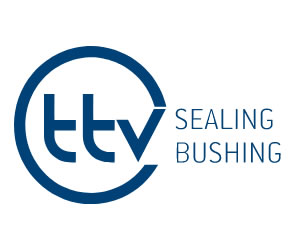
TTV GmbH +49 (0) 7303 - 92874 - 0 info@ttv-gmbh.de

The FU-1 sliding bushings made from sintered bronze powder are pressed to shape and sintered under a high pressure and temperature. The oil is simultaneously dispensed into the tiny pores on the metal.
The FU-1 sliding bushings can be used in dry conditions for applications with medium speeds and low loads over a long period of time without requiring any maintenance. Sintered bronze sliding bushings are economical options, and are available in an almost unlimited variety of dimensions. They are popular in electrical and electronic machinery, chemical engineering machinery, cars and office equipment.
Sintered iron bushing FU-2
The FU-2 sintered iron sliding bearings protect the shafts by means of the embedded oil. At low loads, these bearings have the same sliding and frictional properties as the sintered bronze sliding bushings. . The absorbed oil in the sintered iron sliding bushings helps prevent seize-ups.
These bushings are commonly used in textile machinery, power tools and shock absorbers for cars and motor bikes. They can also be used statically as guide bushings or retaining bushings.
Sintered bronze bushing FU-3
The FU-3 sintered bronze steel sliding bushings have the same benefits as the FU-1 and FU-2 bushings.
The proportions of iron and bronze can be configured by the client according to different requirements.
Whether agricultural machinery, construction machinery, forestry technology, drive technology, mechanical engineering, automotive or aerospace, we are ready for your challenges. With our engineering solutions, we manage to offer added value in all decisive product parameters through solutions developed specifically for customers and applications. Get to know our competence and best examples in the most diverse markets.